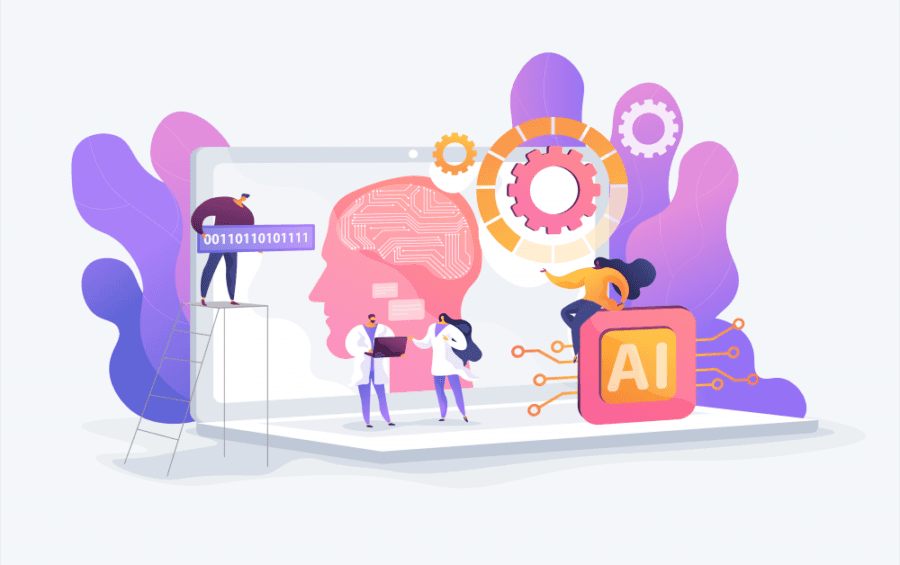CONTENTS
• What is a technology?
• Top 20 technology developed future.
• What is a artificial intelligence and type?
• Artificial intelligence use tools and applications.
• How does work artificial intelligence?
• 12 examples for a artificial intelligence.
• How to use artificial intelligence in our daily life?
• Top 9 highest paid artificial intelligence companies.
There are many ways that artificial intelligence (AI) is being used in everyday life. Some examples include:
1). Virtual personal assistants, such as Apple’s Siri and Amazon’s Alexa, use natural language processing to understand and respond to voice commands.
2). Smart home devices, such as Google Nest and Amazon Echo can be controlled using voice commands and can also integrate with other devices to automate various tasks.
3). Recommender systems, which use machine learning algorithms to suggest products or content that a user may be interested in, based on their previous browsing or purchase history.
4). Image and speech recognition, which are used in applications such as security systems, mobile device cameras, and voice-controlled virtual assistants.
5). Automated customer service chatbots, which use natural language processing to understand and respond to customer inquiries in real time.
6). Self-driving cars which see AI and machine learning to sense the environment and make decisions. Predictive maintenance of machines and equipment which uses AI tequipmentnsor data and predicts when maintenance is needed.
7). Personalized health care using AI for early disease detection, drug discovery and personalized treatment.
8). These are just a few examples of how AI is being used in everyday life. AI technology is continually evolving and new applications are being developed all the time.
9). Fraud detection in banking and financial systems, which uses AI to detect patterns and anomalies in transactions that might indicate fraudulent activity.
10). Marketing and advertising, which uses AI to personalize and target advertising content to specific groups of users.
11). Manufacturing, which uses AI to optimize production processes and improve the efficiency of factory operations.
12). Supply chain management, which uses AI to optimize logistics, predict demand and forecast inventory.
13). Language translation, which uses AI to accurately translate written and spoken words in different languages.
14). Agriculture, uses AI for precision farming to optimize crop yields and to predict crop diseases and pests.
15). Educational technology, AI-powered e-learning tools and platforms that personalize instruction and provide students with personalized learning experiences.
AI systems are integrated with user-facing applications to make it as seamless and easy to use as possible, and also they can be integrated with back-end systems to optimize decision-making. AI is not just for big companies, small businesses can also benefit from AI by using pre-trained models or APIs that are easy to integrate into their workflows.


![12 example [AI]](https://noblebook.in/wp-content/uploads/2022/03/A-I-1-1000x565.jpg)

















